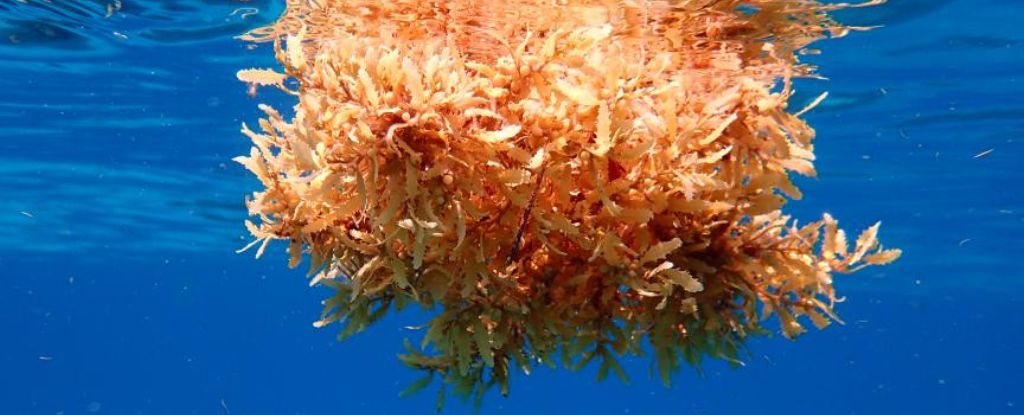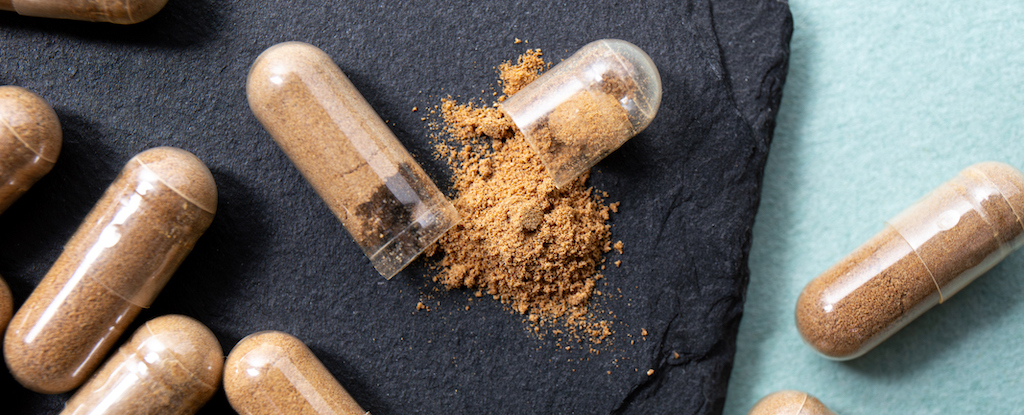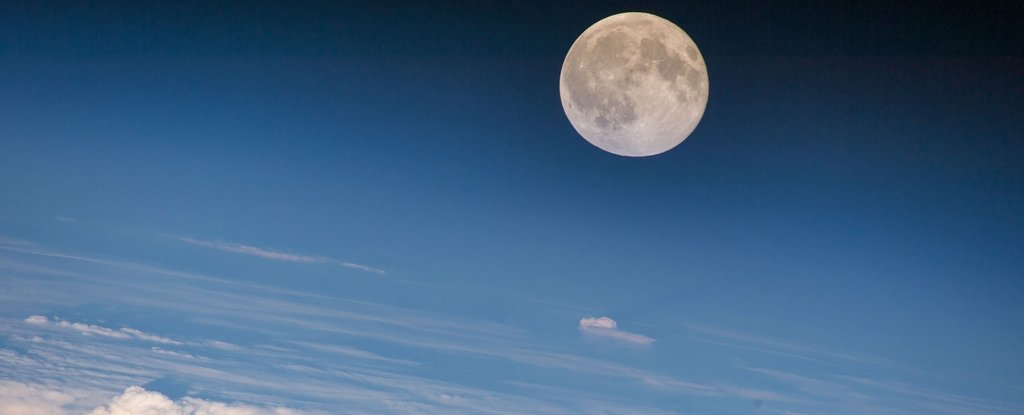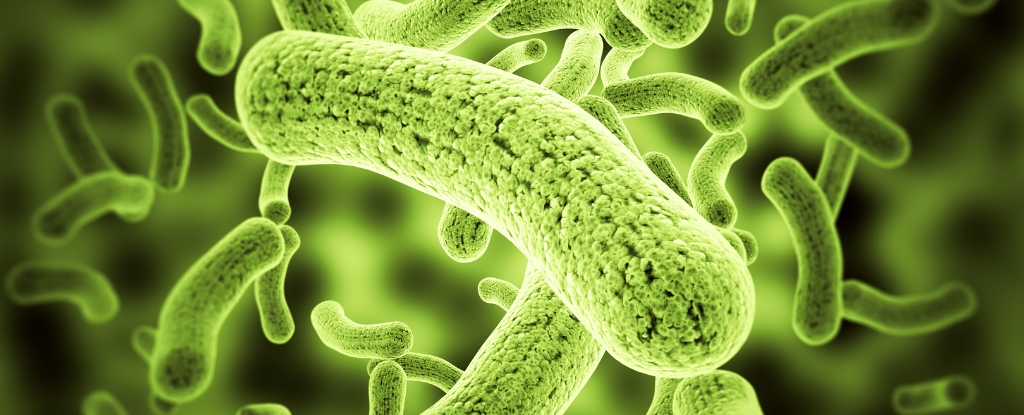“Flesh-eating” bacteria have been found to thrive on algal blooms and plastic pollution in the open Caribbean Ocean, and researchers fear the potential pathogens could come back and bite us.
vibrio Bacteria are known to feed on marine plant and animal tissues on the shore. When people consume seafood or seawater infected with these pathogens, they can contract life-threatening diseases such as: cholera. The species Vibrio vulnificus can even infect woundsThere is a risk of life-threatening destruction of the surrounding tissue.
find a row vibrio Species, some of which are undescribed, is far from good news when they are happily living their best life on waste. It is another potential vector of human disease that experts have yet to consider. Worse still, the floating habitat is going nowhere. In fact, it seems to be growing bigger and washing up on our shores than ever before.
The current analysis from Florida Atlantic University included samples of marine plastic collected in 2012 and 2013 in the Caribbean and Sargasso Seas, as well as samples of brown algae, called sargassumeel larvae and seawater.
The team found several types of in both the plastic and algae samples vibrio Bacteria, some of which have never been seen before.
Further genome analysis revealed that some had “significant pathogenic potential.”
In laboratory experiments, the marine bacteria attached to and colonized plastic samples with alarming efficiency.
“Our laboratory work has shown that these vibrio are extremely aggressive and can seek out and become attached to plastic within minutes,” says Marine biologist Tracy Mincer from Florida Atlantic University.
“We also found that there are binding factors that microbes use to attach to plastics, and it’s the same mechanism that pathogens use.”
previous studies suggested that vibrio Pathogens are early colonizers of floating marine plastic, but Mincer and his colleagues at FAU are the first to sequence their genomes from a real-world sample.
The results suggest that vibrio Bacteria could adapt to life in the open ocean in ways that could be dangerous to animal and human health. Some of the pathogens could even produce toxic secretions that can enter an animal’s intestines and cause leaky gut syndrome.
“For example,” explained Meat grinder when a fish eats a piece of plastic and becomes infected as a result vibriowhich then leads to a leaky gut and diarrhea, releasing waste nutrients like nitrogen and phosphate that could be stimulants sargassum growth and other surrounding organisms.
Thanks to the widespread use of fertilizers sargassum Seaweed in the Caribbean has begun to bloom in greater numbers than ever, choking large stretches of beach in the process.
As a solution, some experts suggest that we should convert the surplus into food or biofuels.
Until the risks are explored further, researchers warn we should be left behind in harvesting the world’s largest algal bloom. as some have suggested.
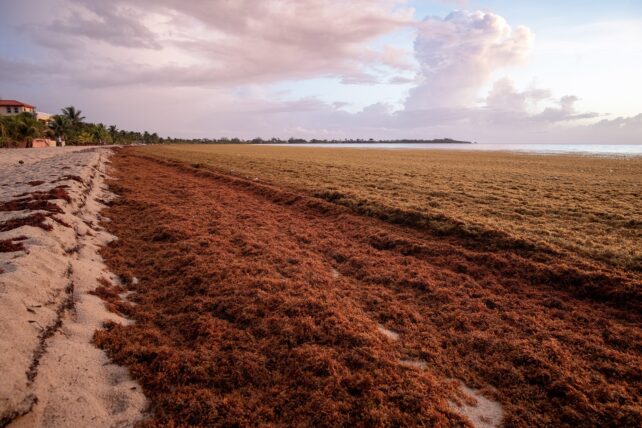
As floating algae and plastic debris meet and mingle like never before in the ocean, they could mix and exchange microbes, leading to potentially dangerous health consequences if washed up on the beach.
Until we know the risks, researchers warn sargassum Algae should not be touched.
“I don’t think anyone has really thought about these microbes and their ability to cause infection at this point.” says Meat grinder.
“We’re keen to raise public awareness of these associated risks.”
The study was published in water research.


